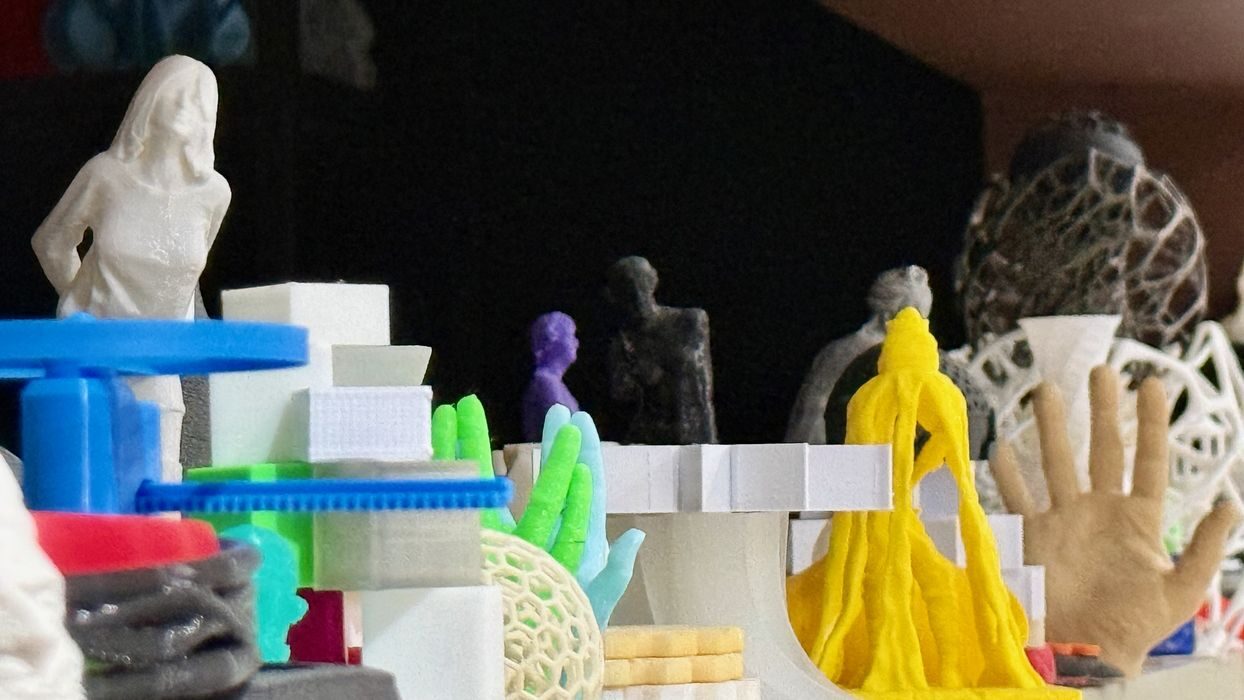NVIDIA Powers Humanoid Robot Industry With Cloud-to-Robot Computing Platforms for Physical AI
NVIDIA today announced NVIDIA Isaac GR00T N1.5, the first update to NVIDIA’s open, generalized, fully customizable foundation model for humanoid reasoning and skills; NVIDIA Isaac GR00T-Dreams, a blueprint for generating synthetic motion data; and NVIDIA Blackwell systems to accelerate humanoid robot development.
Humanoid and robotics developers Agility Robotics, Boston Dynamics, Fourier, Foxlink, Galbot, Mentee Robotics, NEURA Robotics, General Robotics, Skild AI and XPENG Robotics are adopting NVIDIA Isaac™ platform technologies to advance humanoid robot development and deployment.
“Physical AI and robotics will bring about the next industrial revolution,” said Jensen Huang, founder and CEO of NVIDIA. “From AI brains for robots to simulated worlds to practice in or AI supercomputers for training foundation models, NVIDIA provides building blocks for every stage of the robotics development journey.”
Showcased in Huang’s COMPUTEX keynote address, NVIDIA Isaac GR00T-Dreams is a blueprint that helps generate vast amounts of synthetic motion data — aka neural trajectories — that physical AI developers can use to teach robots new behaviors, including how to adapt to changing environments.
Developers can first post-train Cosmos Predict world foundation models (WFMs) for their robot. Then, using a single image as the input, GR00T-Dreams generates videos of the robot performing new tasks in new environments. The blueprint then extracts action tokens — compressed, digestible pieces of data — that are used to teach robots how to perform these new tasks.
The GR00T-Dreams blueprint complements the Isaac GR00T-Mimic blueprint, which was released at the NVIDIA GTC conference in March. While GR00T-Mimic uses the NVIDIA Omniverse™ and NVIDIA Cosmos™ platforms to augment existing data, GR00T-Dreams uses Cosmos to generate entirely new data.
NVIDIA Research used the GR00T-Dreams blueprint to generate synthetic training data to develop GR00T N1.5 — an update to GR00T N1 — in just 36 hours, compared with what would have taken nearly three months of manual human data collection.
GR00T N1.5 can better adapt to new environments and workspace configurations, as well as recognize objects through user instructions. This update significantly improves the model’s success rate for common material handling and manufacturing tasks like sorting or putting away objects.
Early adopters of GR00T N models include AeiRobot, Foxlink, Lightwheel and NEURA Robotics. AeiRobot employs the models to enable ALICE4 to understand natural language instructions and execute complex pick-and-place workflows in industrial settings. Foxlink Group is using them to improve industrial robot manipulator flexibility and efficiency, while Lightwheel is harnessing them to validate synthetic data for faster humanoid robot deployment in factories. NEURA Robotics is evaluating the models to accelerate its development of household automation systems.
Developing highly skilled humanoid robots requires a massive amount of diverse data, which is costly to capture and process. Robots need to be tested in the physical world, which can present costs and risk.
To help close the data and testing gap, NVIDIA unveiled the following simulation technologies:
Foxconn and Foxlink are using the GR00T-Mimic blueprint for synthetic motion manipulation generation to accelerate their robotics training pipelines. Agility Robotics, Boston Dynamics, Fourier, Mentee Robotics, NEURA Robotics and XPENG Robotics are simulating and training their humanoid robots using NVIDIA Isaac Sim and Isaac Lab. Skild AI is using the simulation frameworks to develop general robot intelligence, and General Robotics is integrating them into its robot intelligence platform.
Global systems manufacturers are building NVIDIA RTX PRO™ 6000 workstations and servers, offering a single architecture to easily run every robot development workload across training, synthetic data generation, robot learning and simulation.
Cisco, Dell Technologies, Hewlett Packard Enterprise, Lenovo and Supermicro announced NVIDIA RTX PRO-powered servers, and Dell Technologies, HPI and Lenovo announced NVIDIA RTX PRO 6000 Blackwell-powered workstations.
When more compute is required to run large-scale training or data generation workloads, developers can tap into NVIDIA Blackwell systems like GB200 NVL72 — available with NVIDIA DGX™ Cloud on leading cloud providers and NVIDIA Cloud Partners — to achieve up to 18x greater performance for data processing.
Developers can deploy their robot foundation models to the NVIDIA Jetson Thor platform, coming soon — enabling accelerated on-robot inference and runtime performance.
Watch the COMPUTEX keynote from Huang and learn more at NVIDIA GTC Taipei.









